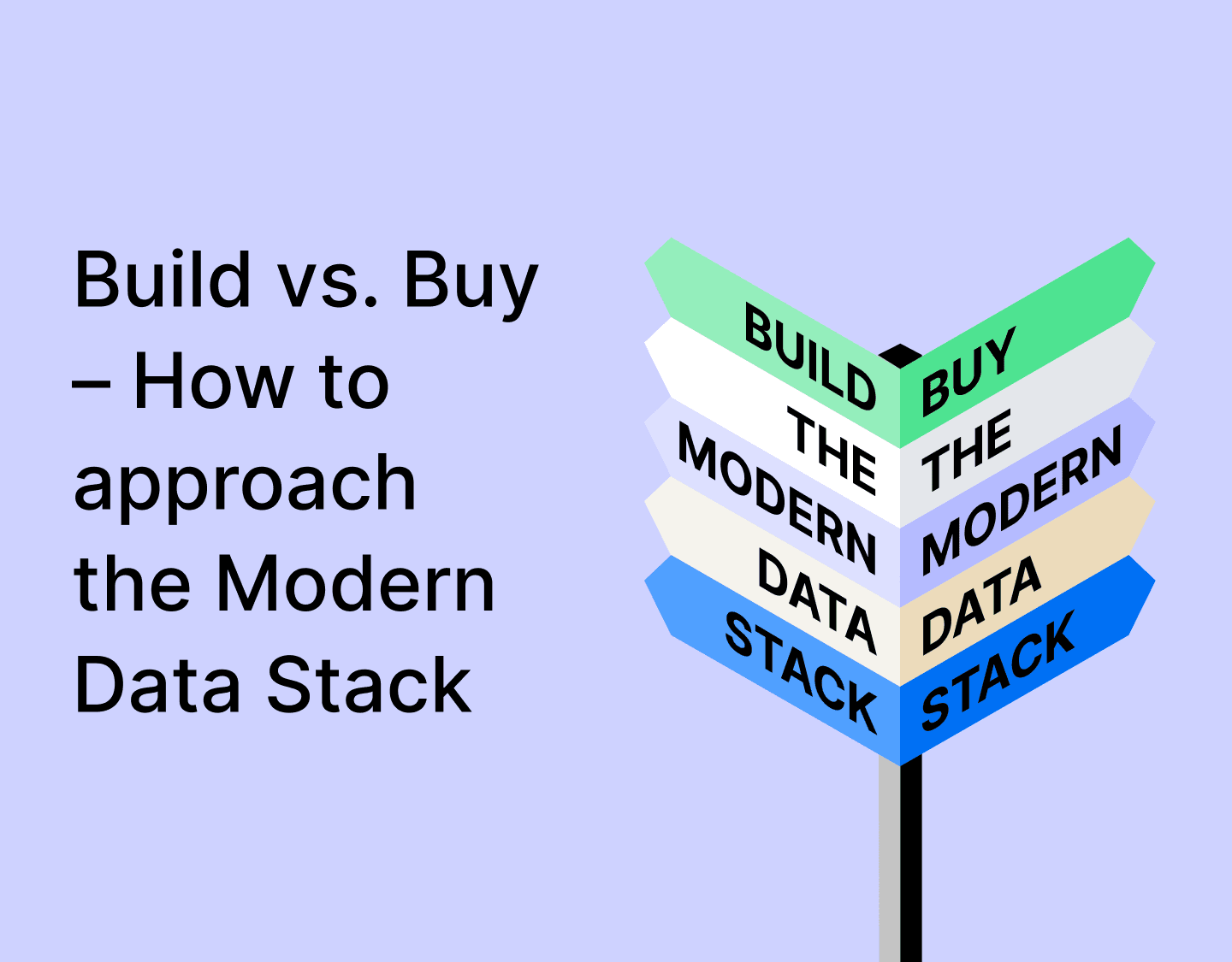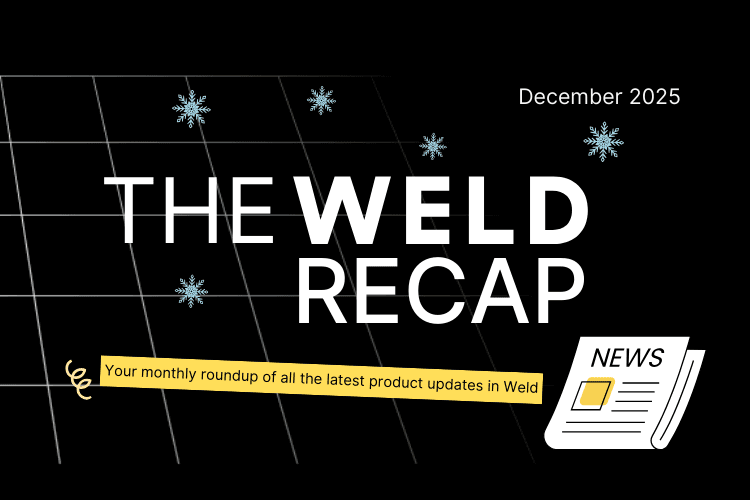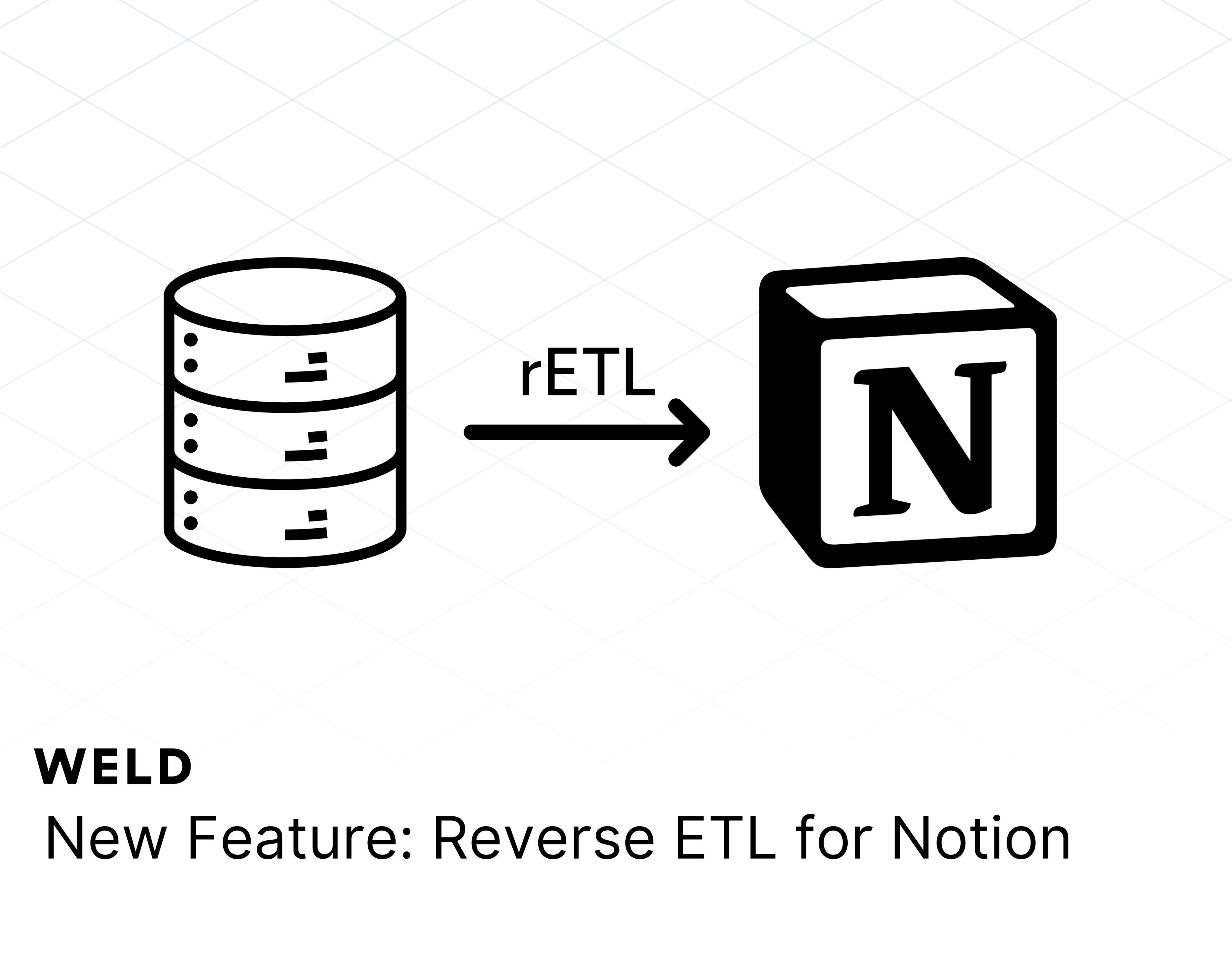Investing in a data stack is one of the best decisions a business can make today. It's a powerful tool for personalizing your service, becoming more effective and agile, and staying a step ahead of your competitors.
So... how do you invest in a data stack?
Currently, there are two paths companies can choose from when deciding to implement a data stack: Buying or building.
Investing in a data stack: Should you buy or build?
The decision between buying and building is something that your business has likely encountered in other departments. You can buy a pre-made solution from a third-party provider, or you can build your own from scratch.
The benefit of a pre-made solution is, clearly, that it's pre-made. It takes far less work to get things up and running, you don't need to hire or train specialists, it's often a lot more cost-effective, etc. Just swipe your card and start using your data stack.
Of course, not all businesses enjoy "just swiping" their credit card. They want to (or need to) make sure they're getting a solution that is tailor-made for them. Oftentimes, businesses with this goal will opt to build technology in-house, as it means having something custom to their context.
Things to consider when comparing modern data stack solutions
That said, building isn't always more cost-effective than buying, and that's often the case with a data stack. Additionally, putting the talent together for technology like the kind you'll find in a data stack can be a serious challenge.
To help you make the right decision on how to invest in data technology, here's a breakdown of key considerations to keep in mind.
Time and effort
First and foremost, you should be considering how much time and effort building a data stack is going to involve. Storing data in a database is, by today's standards, not too difficult for most companies.
A data stack is not a database, though. Data stacks involve ELT pipelines, machine learning, data transformation and analytics, integrations and APIs, reverse-ETL and a plethora of other complex technologies.
In fact, a data stack is so involved that there aren't many "all-in-one" data stack solutions. Instead, those in the "buy" camp will be purchasing and splicing various services and platforms together. This can itself be complicated for many companies – building is only recommended for businesses that already have the resources and talent to create their own data stack technology.
Cost
Given how complex a data stack can be, cost is a critical component to factor in your decision-making process between building your own data stack or buying it. You might think that building a data stack in-house is more affordable than purchasing a pre-built solution. However, when you factor in the talent you'll need to hire, the time and investment of building it, and the long-term costs of maintaining it, building a data stack can easily end up costing hundreds of thousands of dollars per year. This is pretty steep when compared to solutions like Weld, which you can purchase for just a few thousand dollars each month.
Opportunity cost
Another cost that might go unnoticed when building a data stack is the opportunity cost. Engineers are some of the most valuable people at any organization, providing competitive innovation in a variety of areas.
Building a data stack could tie these engineers up for several months. Not only is that time removed from other projects, but it's also time that they can't spend using and uncovering insights from the data stack. Data stacks present a great point of discovery for new ventures that your engineers could be working on. But if your engineers are building the data stack, then that's time taken away from them using the data stack.
How will it scale?
Lastly, you should consider how a data stack is going to scale with your business. This is something that most (though not all) third-party data stack services will have already accounted for. They have the servers, expertise, and raw power to keep your company supported at any size.
When you're building your own data stack, you're going to need to scale your stack manually. Each time you need a new data pipeline, whether it's going in or out, it will need to be built by your engineers.
Reverse-ETLs aren't your typical data pipeline
In addition to the above points of consideration, it's also worth noting that an ETL isn't like the other data pipelines your team will be familiar with. Traditional data pipelines are essentially just used to move data from one location to another.
An ETL does this, yes, but it should also:
- Manage the quality, accuracy, and syncing of your data
- Implement "write APIs", not just "read APIs" (which are simpler)
- Govern your data and the applications it's pulling data from and sending data to
Why buying a data stack is the right option for most businesses
With all of this in mind, the decision between buying or building a data stack should become simpler: For most businesses, buying is the right choice. It creates fewer problems, is more scalable, and (this is the big one) will probably be a lot more cost-effective in the long term.
The only instance where building your own data stack truly makes sense is if it's a backbone feature of your service (as opposed to your operations) or you already have the team and talent to create and maintain an in-house data stack.
Otherwise, your business will most likely enjoy the following benefits from buying a third-party data stack like Weld.
You'll most likely spend far, far less
As mentioned, a purchasable data stack is usually a more affordable option than building one. The cost of hiring the talent alone can be hundreds of thousands of dollars. When you factor in the resources and time that will also go into this endeavor, it becomes clear why third-party data stacks are so popular.
And to reiterate, the costs don't stop at your finances. There is also a built-in opportunity cost, long-term maintenance costs, and so on.
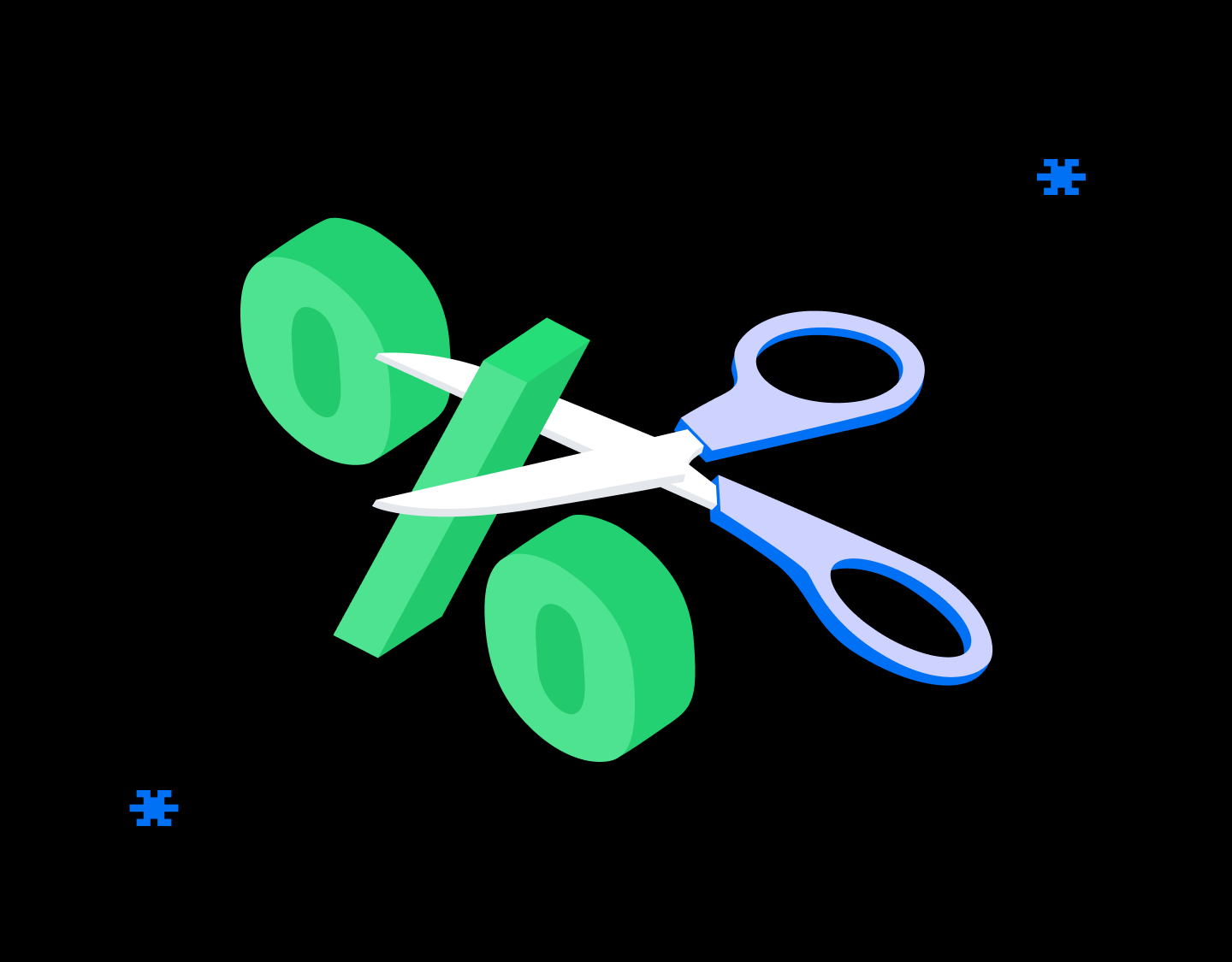
You'll probably see better results, too
As with any purchasable service, the service itself is just one component of the price tag. Another key "service" you get when you buy from a third party is expertise.
Service providers like Weld are experts! We work with data all day, every day, in a variety of capacities. We know the ins and outs of data stacks, how pipelines work, what the latest trends and technologies are, and most importantly, how to balance and implement all of these factors. Your engineers likely don't have the time to become data experts (and the ones that do will cost you big). But with an all-in-one modern data platform like Weld, they don't need to.
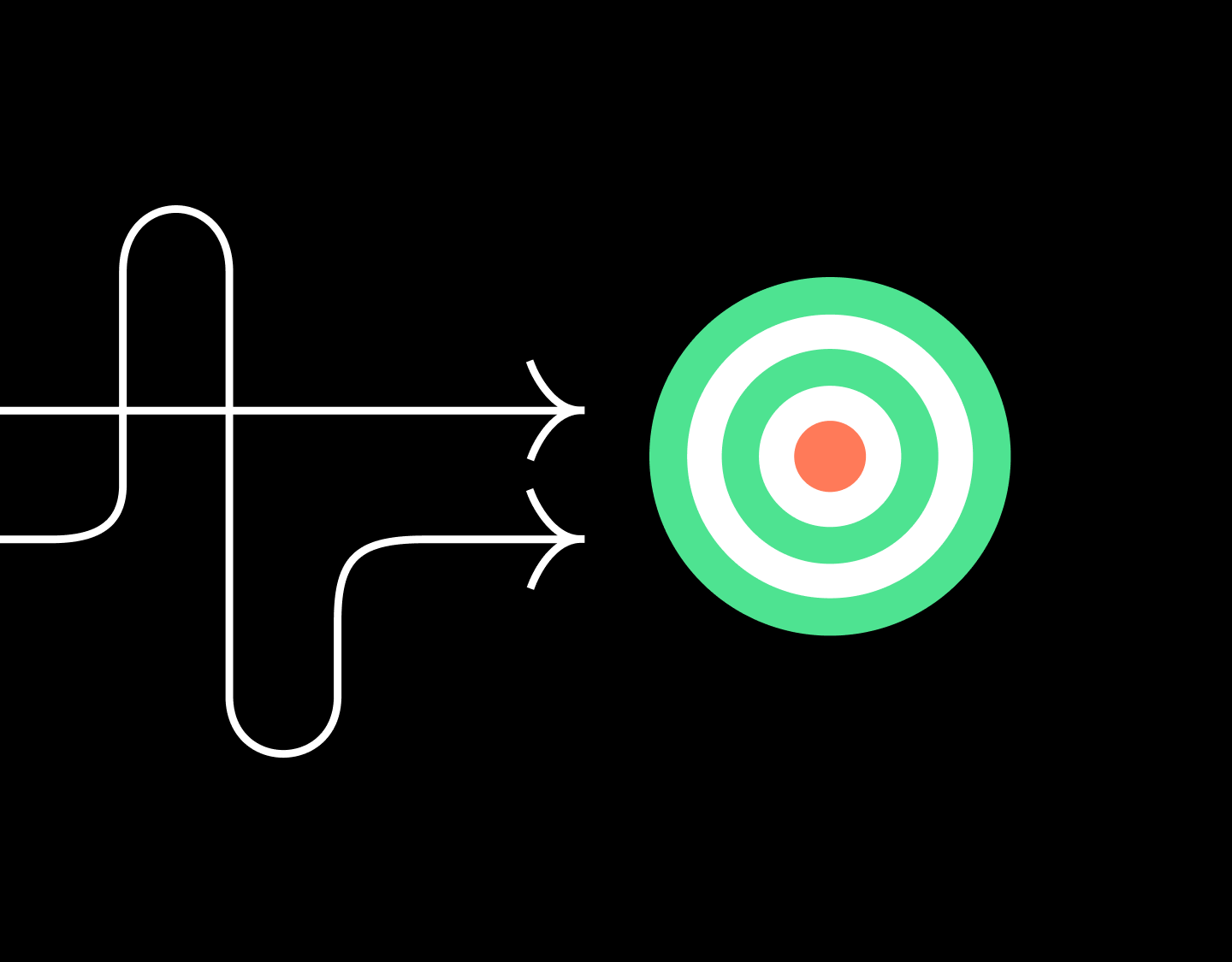
You won't have to worry about updating, keeping up with trends, or managing compliance
Speaking of long-term costs, these are built into a third-party data stack. You'll routinely receive new updates, features, security improvements, and more. Today, we're all feeling the effects of using legacy systems from 10+ years ago that are expensive to fix or replace.
This is all covered for you when you use a data stack provider. Not only is this more cost-effective, but it's also easier. It's one less thing you and your team will need to worry about.

A pre-built modern data stack will make collaboration easier
Finally, using a pre-built data stack will improve your collaboration. This is one of the key points of a data stack, as it will usually be used by every department and level of your business. Pre-built data stacks will be better prepared to keep everyone in sync and connected at all times.
Make your data stack goals a reality with Weld
If you're ready to realize your data stack goals with the fastest, most cost-effective, and feature-loaded solution, Weld has your back. You can reach out to our team of data experts and schedule your demo today to see how Weld can take your operations up a level.

